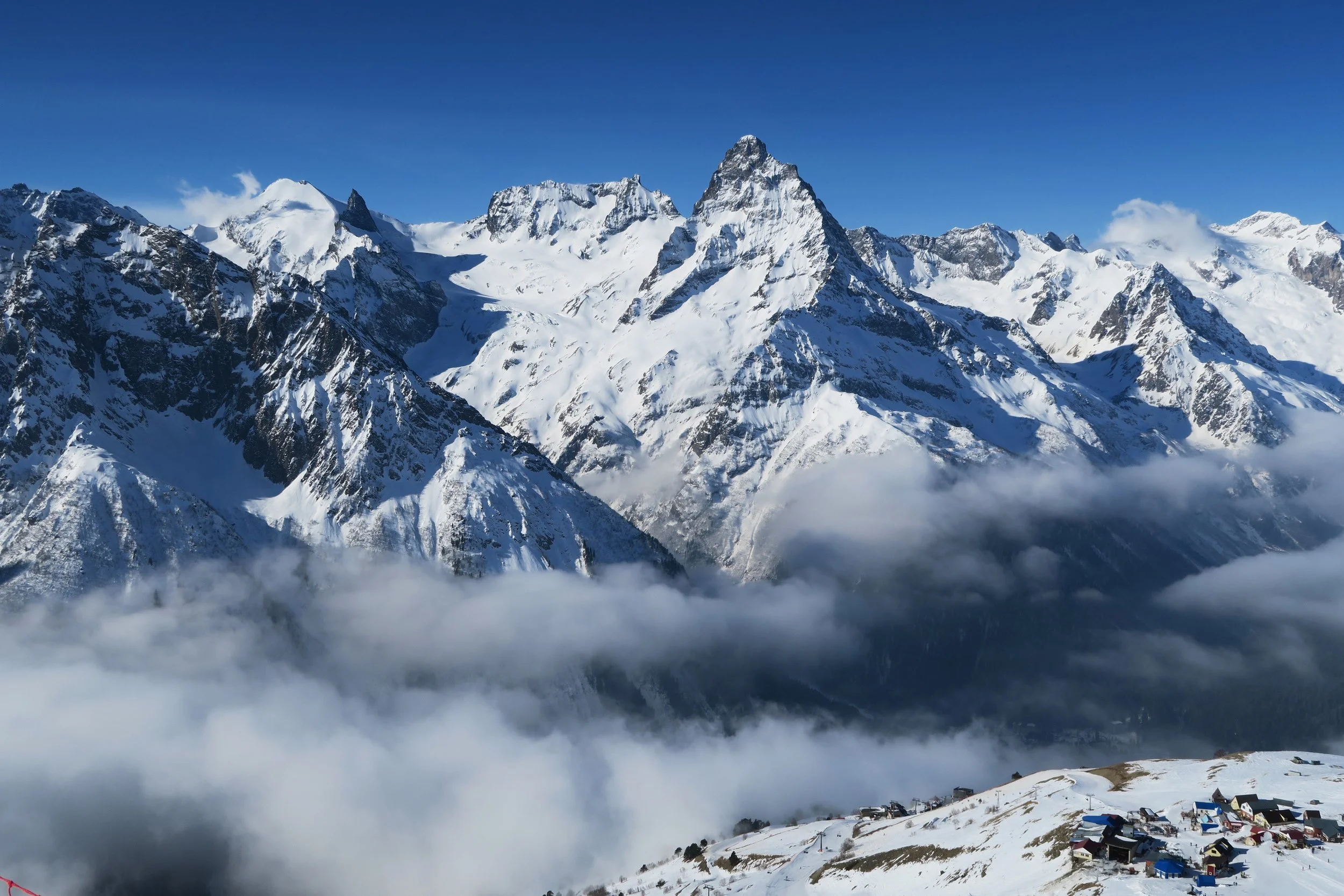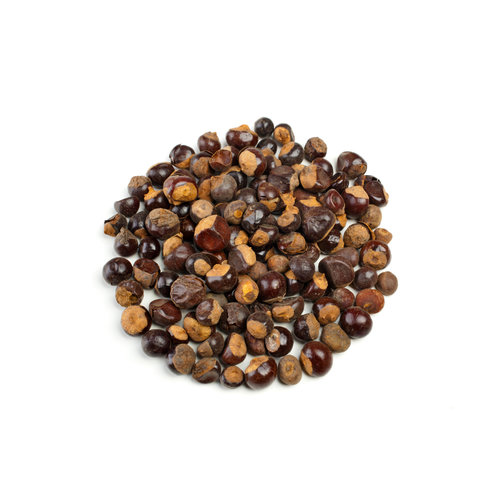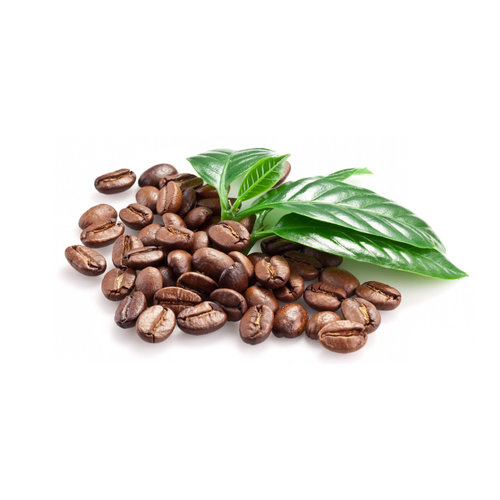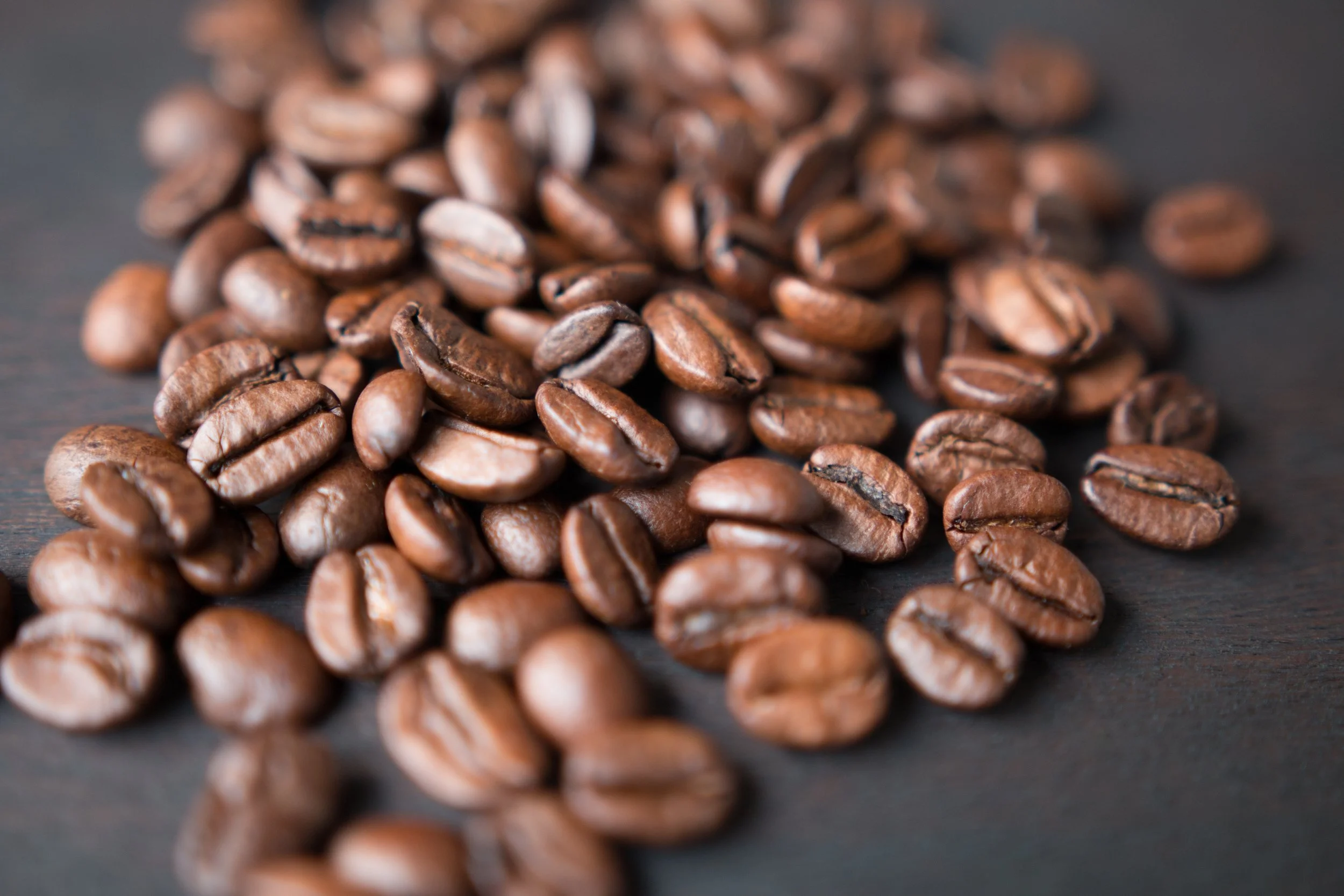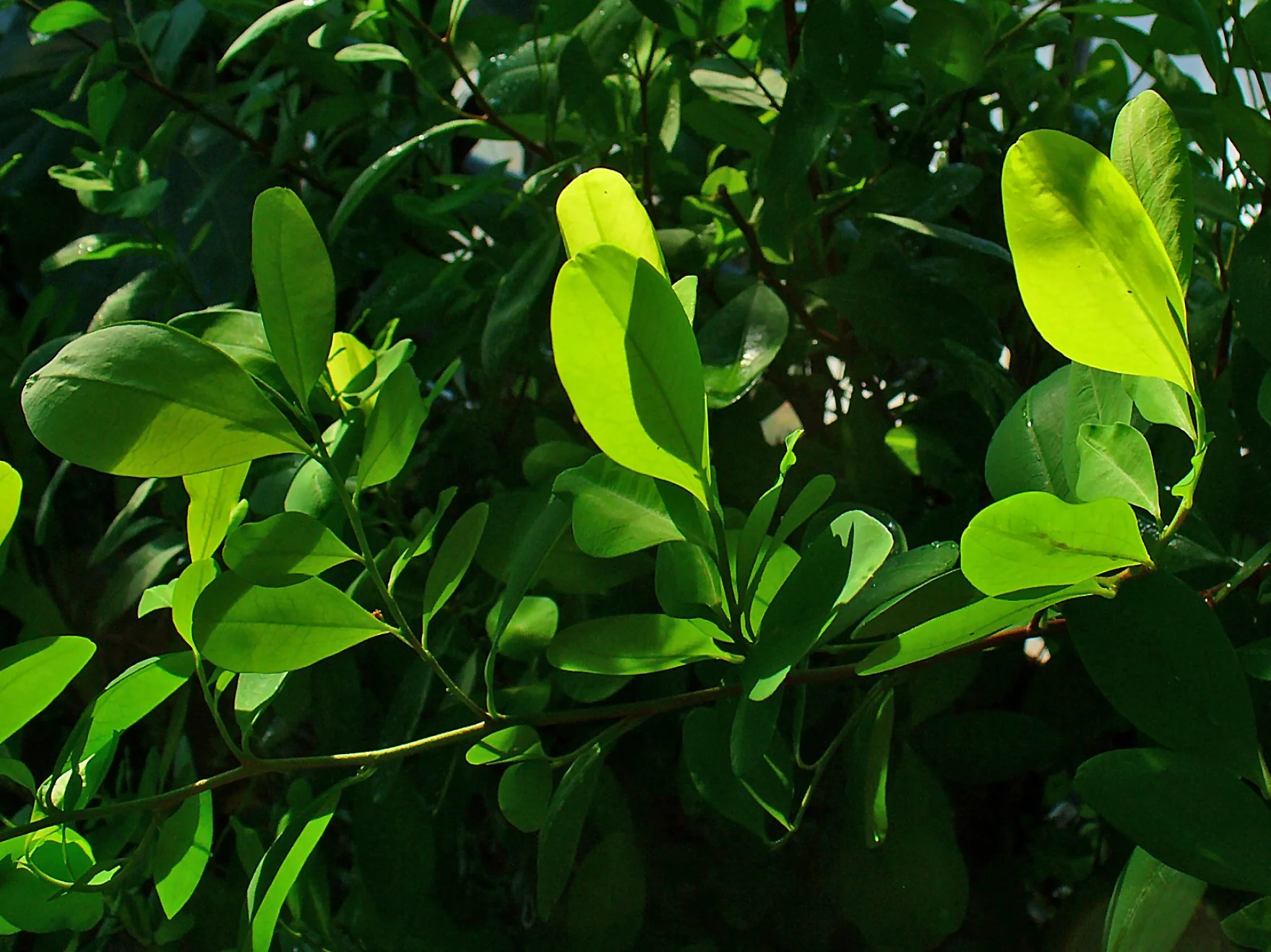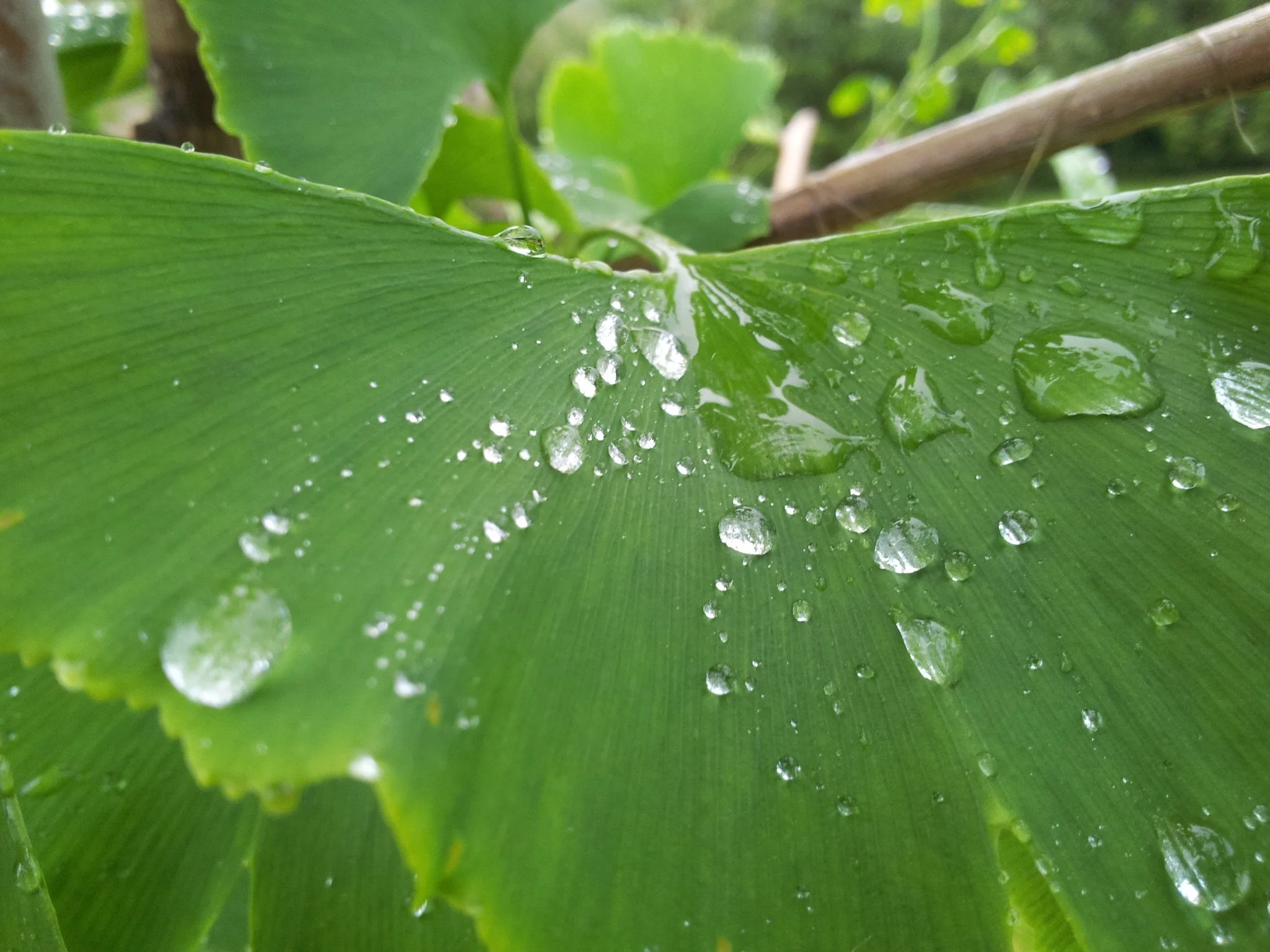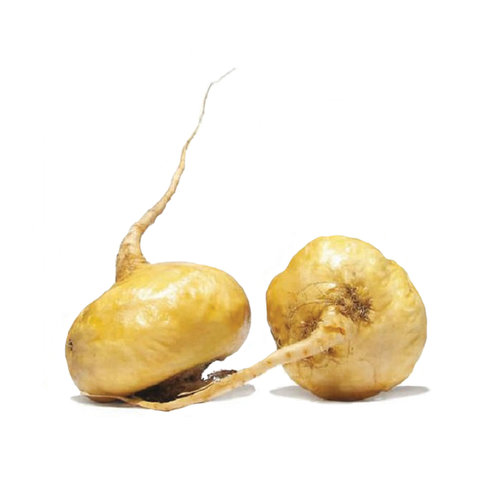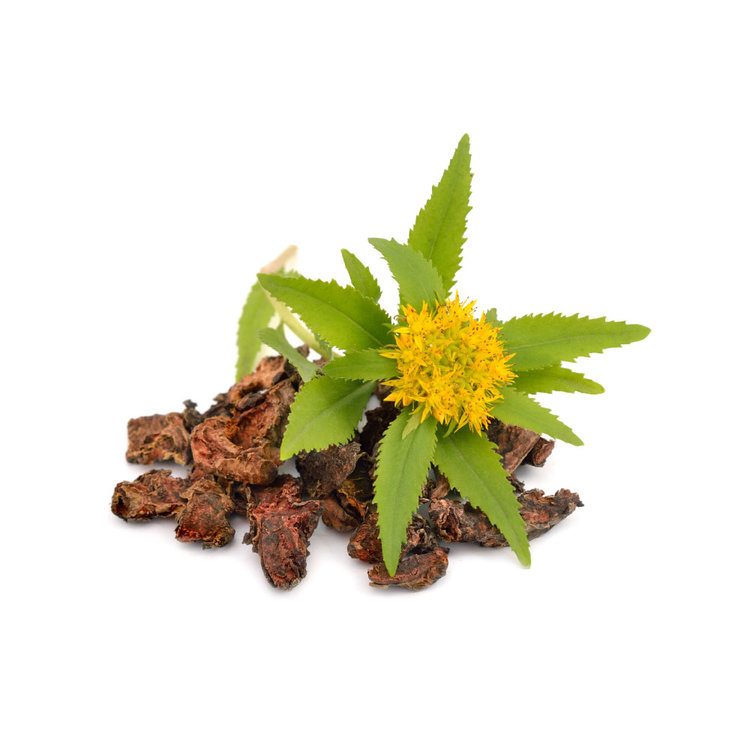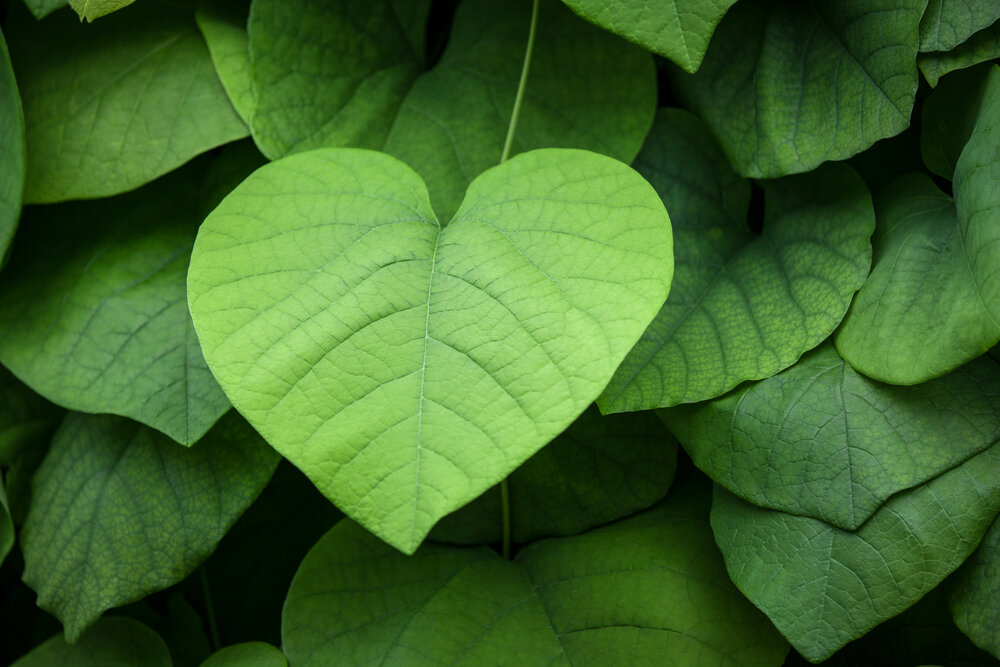High altitude is considered anything over 1500 meters above sea level.
However, altitude sickness doesn’t become a problem until you exceed the 2500 meter mark.
This condition can be a real bane to people travelling, or living at high altitudes. It can make you feel confused, irritable, and very fatigued even while doing simple tasks like walking or moving around.
Fortunately, there are a few herbal supplements you can use to limit the effects of altitude sickness. I need to stress that these supplements are not a cure for altitude sickness — but they can go a long way in helping your body condition itself to the low-oxygen environment.
In this article, we’ll cover some of the best herbs for conditioning your body for high altitude, and cover a brief overview of what altitude sickness is, and what makes it so dangerous.
Let’s get started.
What is Altitude Sickness?
Acute mountain sickness, or AMS for short, involves a series of symptoms caused by lower ambient oxygen pressure. As you increase in altitude the air pressure begins to drop. After about 2500 meters the air becomes so thin we begin to experience something called hypoxia — which means lack of oxygen.
As the condition worsens it can lead to more serious illnesses such as HAPE & HACE (more on both of these later).
Your cells require oxygen to function and grow, so with reduced oxygen levels your body must respond in order to meet the demands. It does this by raising blood pressure and increasing heart and breath rates to try and keep the cells oxygenated.
Tips on Preventing Altitude Sickness
Nothing except descending to a lower altitude, and oxygen or hyperbaric therapy is going to effectively “treat” altitude sickness — however, there are a few natural supplements and techniques that can be used to combat the ill effects and reduce the chances of experiencing serious consequences of the condition.
1. Acclimatization
By far the best prevention for the development of altitude sickness and its serious complications (HACE and HAPE), is acclimatization.
This refers to the act of slowly increasing altitude over a period of time (2-3 weeks) to allow the body to naturally adapt and build up a resistance to the lower oxygen concentration environment.
The Body Adapts To High Altitude In 3 Main Ways
- 1. Increased hemoglobin production (oxygen carrying portion of red blood cells)
- 2. Increased stroke volume and cardiac output (more blood movement per heartbeat)
- 3. Bronchodilation (wider windpipe to allow more air into the lungs)
1. Caffeinated Herbs
Caffeine is part of a family of chemicals known as xanthine alkaloids. Other such members include theobromine (contained in high amounts in cacao, and moderate levels in yerba mate), and theophylline (found in both coffee and tea).
This class of chemicals are mildly diuretic (makes you pee), but would need to be consumed in high amounts to cause any issues with dehydration.
These chemicals are classified as “positive inotropic agents” which means they makes the heart beat with a stronger force.
This is extremely beneficial in high altitude conditions because the main problem with altitude is not being able to get oxygen to where it's needed fast enough, or in enough supply.
By beating harder the heart can push the blood further through your arteries with each beat, reaching more tissue, and speeding its return to the lungs to be re-oxygenated.
Caffeine also offers some athletic support, giving you an energy boost to push through a hard traverse or steep incline.
2. Theobromine-Containing herbs
Theobromine is a similar chemical to caffeine is found in high amounts in cacao, and in moderate amounts in yerba mate.
This compound has the same benefits, except has been suggested to function even better as a cardiotonic.
Theobromine also has the added benefit of providing vasodilating properties (opens the blood vessels wider). This is an important effect because it’s the cause behind one of the most serious complications of altitude sickness (HACE and HAPE).
2. Cordyceps Fungus
The himalayan mountains have many of the highest peaks in the world including the ever famous mount Everest.
The indigenous cultures of Tibet have been using a herb called Cordyceps sinensis to combat the ill effects of this high altitude for centuries.
This herb is actually a peculiar fungus that infects, zombifies, and consumes caterpillars.
You may have heard of it by one of its common names “zombie fungus”, because of its practice of manipulating these caterpillars into the peculiar practice of burying underground, before dying.
Call is coincidence if you want, but this particular fungus is most commonly found growing at high altitudes — especially in the Tibetan Himalayas.
Cordyceps are considered an adaptogen due to its non-specific effects against various stresses in the body. It’s often consumed in a powder, alcoholic extract, or tea to improve the body's immune system.
The fungus achieves this effect through the same process it uses to increase our ability to adapt to low oxygen environments — through the blood.
Cordyceps act as a vasodilator, directly combatting the effects of high blood pressure associated with AMS, which is also the cause of HACE and HAPE through fluid leaking out of the blood and into the brain and lungs from the extreme pressures of the blood.
Not only is is a vasodilator, but it increases your body's efficiency of using oxygen at the cell level, and increasing the hemoglobin content of blood (the oxygen carrying portion of red blood cells) and is often used as such with athletes to improve their aerobic performance.
These effects have been suggested to be even more pronounced and effective if combined with Rhodiola crenulata [5].
This supplement works best if taken over a long period of time both before exposure to high altitude.
Cordyceps infecting a moth
3. The Coca Plant
This is the plant where the alkaloid cocaine comes from.
But no, I’m not suggesting you take cocaine to prevent altitude sickness. What I am suggesting is that this age old remedy for the ill effects of living or traveling to high altitude has been well tested, and has been the standard option for this condition in many areas around the South American Andes mountains.
Indigenous cultures living in the high mountains of the South American Andes have long used the “sacred” coca plant to combat the effects altitude has on human health and function.
The traditional method was to stuff a handful of coca leaf in the mouth, and some powdered lime (the rock not the fruit), which helps break the leaf down and release its contents. This was then chewed until all the constituents were consumed before being refilled.
More modernly, the method of choice with travellers and locals alike appears to be in a tea.
Obviously there are some political and legal issues with using this herb, but I assure you it is NOT the same as the cocaine you often see demonized in the media. It’s the plant in its natural form, and users are not akin to drug addicts.
There’s been little qualitative study done on the physiological effects taking place in the body in regards to altitude sickness and the coca leaf, and more study in this area is needed to determine the extent of its effects against AMS. [7].
The coca plant
4. Ginkgo biloba
This herb has received a lot of media attention for its effects on combatting altitude sickness.
Ginkgo does not treat altitude sickness — contrary to what a lot of web sources report. However, it may help prevent its occurrence in the first place by increasing blood oxygenation over time [6].
These effects are only going to be significant if ginkgo is taken steadily for a few weeks before exposure to high altitude.
It's also recommend that a concentrated, standardized herb extract is taken, which is generally standardized to 24% flavone glycosides, and 6% terpene lactones. Since this is the product that most study for this has been done on, and the natural powdered herb may not contain enough of these glycosides to be effective.
5. Maca Root
Maca (Lepidium meyenii/peruvianum) is the highest altitude crop in the world, growing above 4000 meters in altitude.
For the populations living in the Andean mountains, this plant was (and still is) a staple food.
Maca has been the subject of a lot of study recently for its benefits on sexual function, endurance, and strength training, and with hormonal issues such a menopause.
There have also been studies on maca roots effectiveness for treating altitude sickness.
One study conducted on a group of people living in the district of Junin in Peru, situated 4100 meters above sea level. Some of the participants consumed maca regularly and others did not.
The results of this study showed that those who consumed maca on a regular basis had a significantly higher health scores than those who do not.
Researchers attributed this to the maca intake and its effects on combatting the long term negative effects of living at altitude [2].
This study was focused on the populations actually living at altitude, however the same principles would have a benefit on those simply trying to cope with and perform in a high altitude situation for a short time.
The best way to take this herb is to pre-treat yourself for a few months with a high intake of maca before the trip — rather than trying to supplement it after being exposed to high altitude.
6. Rhodiola
Rhodiola crenulata is a plant found commonly in high altitudes (3500 –5000 meters) in mountainous regions of the world including the rocky mountains of western Canada and United States.
A few studies have been conducted on the effect of rhodiola on both endurance and high altitude performance.
Long-term supplementation of rhodiola root increased the swimming tolerance in mice. This is thought to translate to an improvement in athletic performance in humans as well.
Further investigation discovered that this herb acts in a similar way to cordyceps on vasodilation, and improving oxygen efficiency at a cellular level [5].
Rhodiola plant
Final Thoughts: Herbs for Altitude Sickness
Altitude sickness is a serious condition experienced whenever travelling to high altitude regions of the world.
The cause of the condition stems from a low concentration of oxygen in the air around you. This makes is harder for your body to deliver the oxygen it needs at a cellular level. Simple tasks become difficult, we become fatigued and confusion may even start to set in.
More serious consequences of altitude sickness includes HAPE and HACE — which can even become life-threatening if it isn’t handled immediatlly.
While the best prevention for altitude sickness remains acclimatization (slowly increasing altitude as your body adapts to the change in oxygen) — there are also a lot of natural supplements that can help condition the body to cope with the harsh environment.
If you think there are any herbs on our list that we’ve missed, leave a comment in the section below.
Author
Justin Cooke, BHSc
The Sunlight Experiment
Recent Blog Posts:
References:
Altitude.org. (2007, June). Altitude.org | Haemoglobin carries oxygen in the blood. Retrieved from http://www.altitude.org/haemoglobin.php
Gonzales, G. F., Gasco, M., & Lozada, I. (2013). ole of maca (Lepidium meyenii) consumption on serum interleukin-6 levels and health status in populations living in the Peruvian central Andes over 4000 m of altitude. Plant Foods for Human Nutrition (Dordrecht, Netherlands), 68(4), 10.1007/s11130–013–0378–5. http://doi.org/10.1007/s11130-013-0378-5
Hillebrandt, D. (2010). Wilderness Medical Society Consensus Guidelines for the Prevention and Treatment of Acute Altitude Illness—A View From the Other Side of the Atlantic.Wilderness & Environmental Medicine, 21(4), 383-384. doi:10.1016/j.wem.2010.04.001
International Society for Mountain Medicine. (2006, January). Non-Physician Altitude Tutorial.
Chen, C. Y., Hou, C. W., Bernard, J. R., Chen, C. C., Hung, T. C., Cheng, L. L., ... & Kuo, C. H. (2014). Rhodiola crenulata-and Cordyceps sinensis-based supplement boosts aerobic exercise performance after short-term high altitude training. High altitude medicine & biology, 15(3), 371-379.
Moraga, F. A., Flores, A., Serra, J., Esnaola, C., & Barriento, C. (2007). Ginkgo biloba decreases acute mountain sickness in people ascending to high altitude at Ollagüe (3696 m) in northern Chile. Wilderness & environmental medicine, 18(4), 251-257.
Hillebrandt, D. (2010). Wilderness Medical Society Consensus Guidelines for the prevention and treatment of acute altitude illness—a view from the other side of the Atlantic. Wilderness & environmental medicine, 21(4), 383-384.


